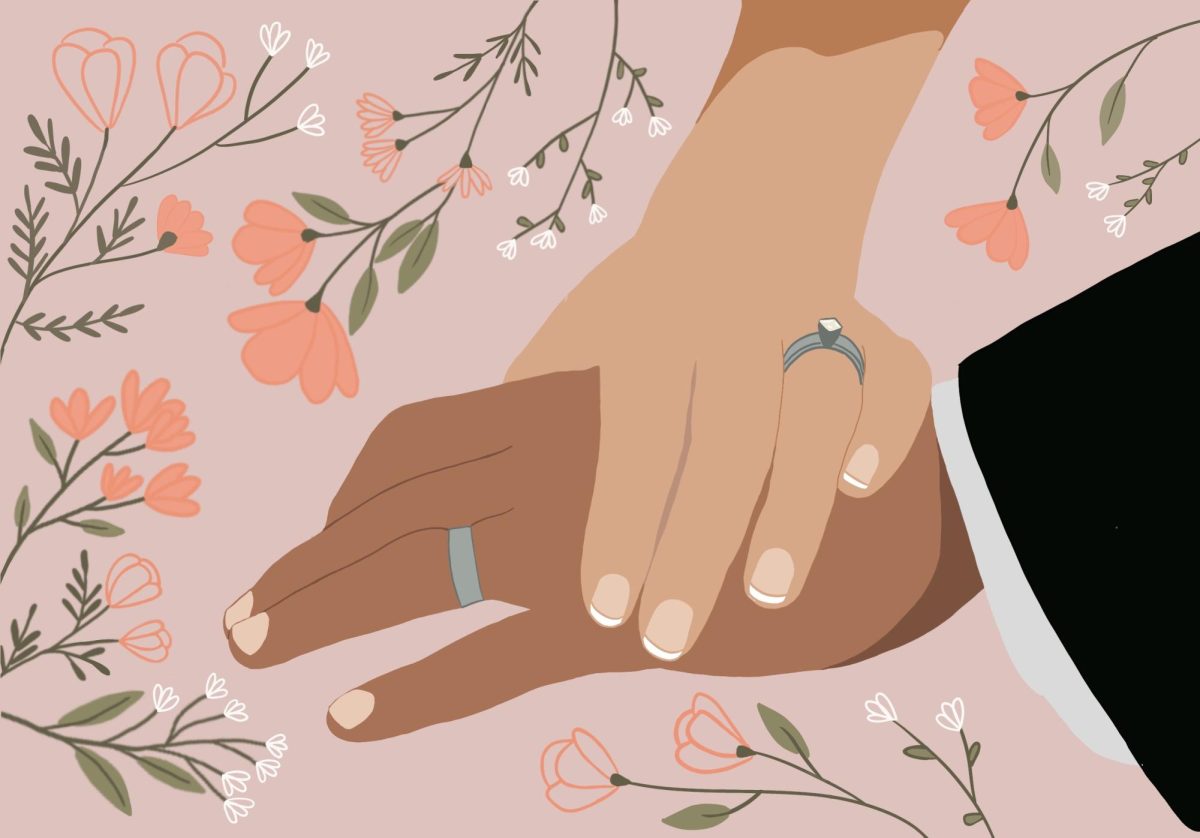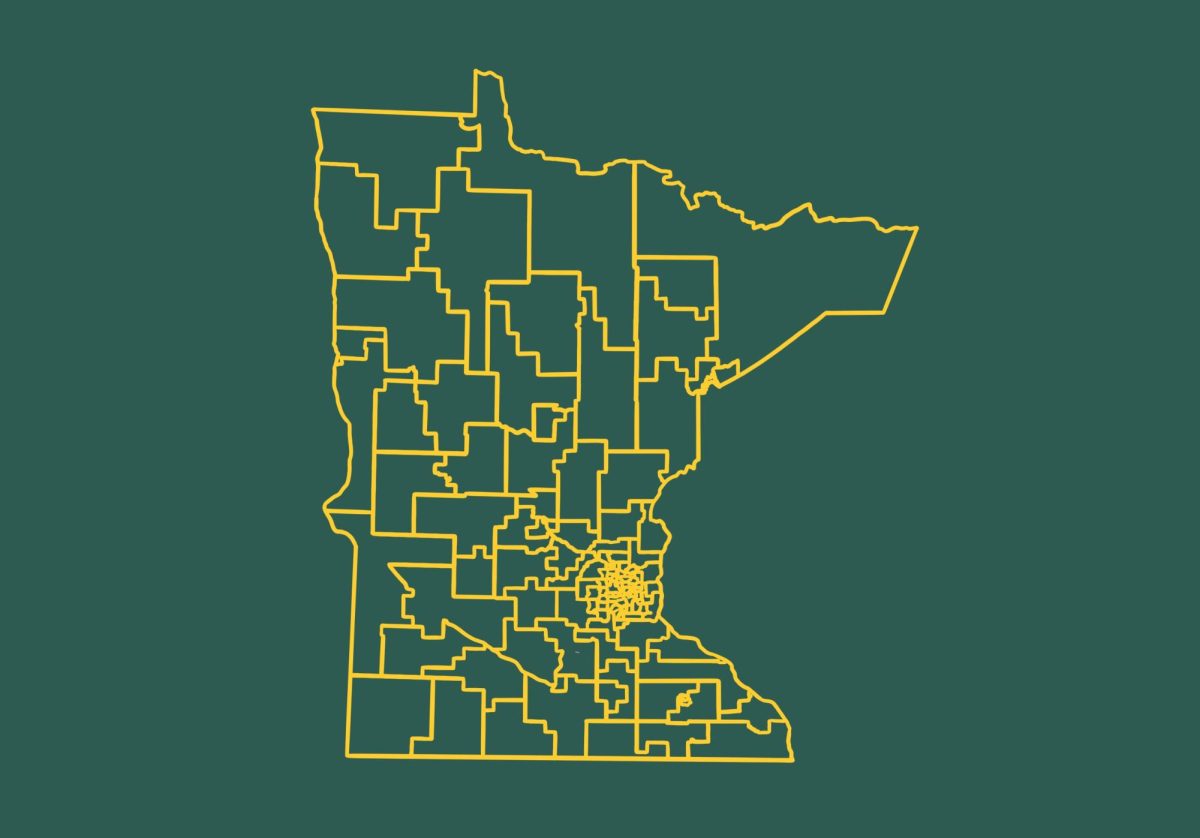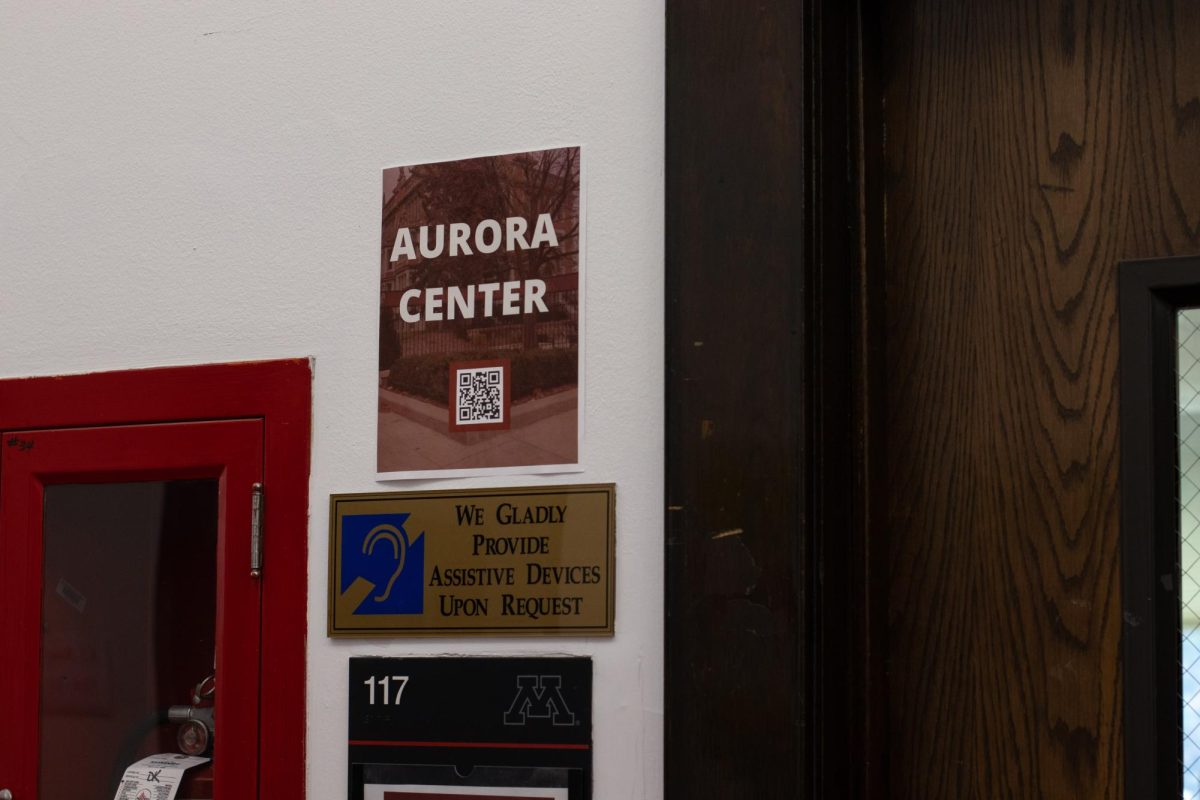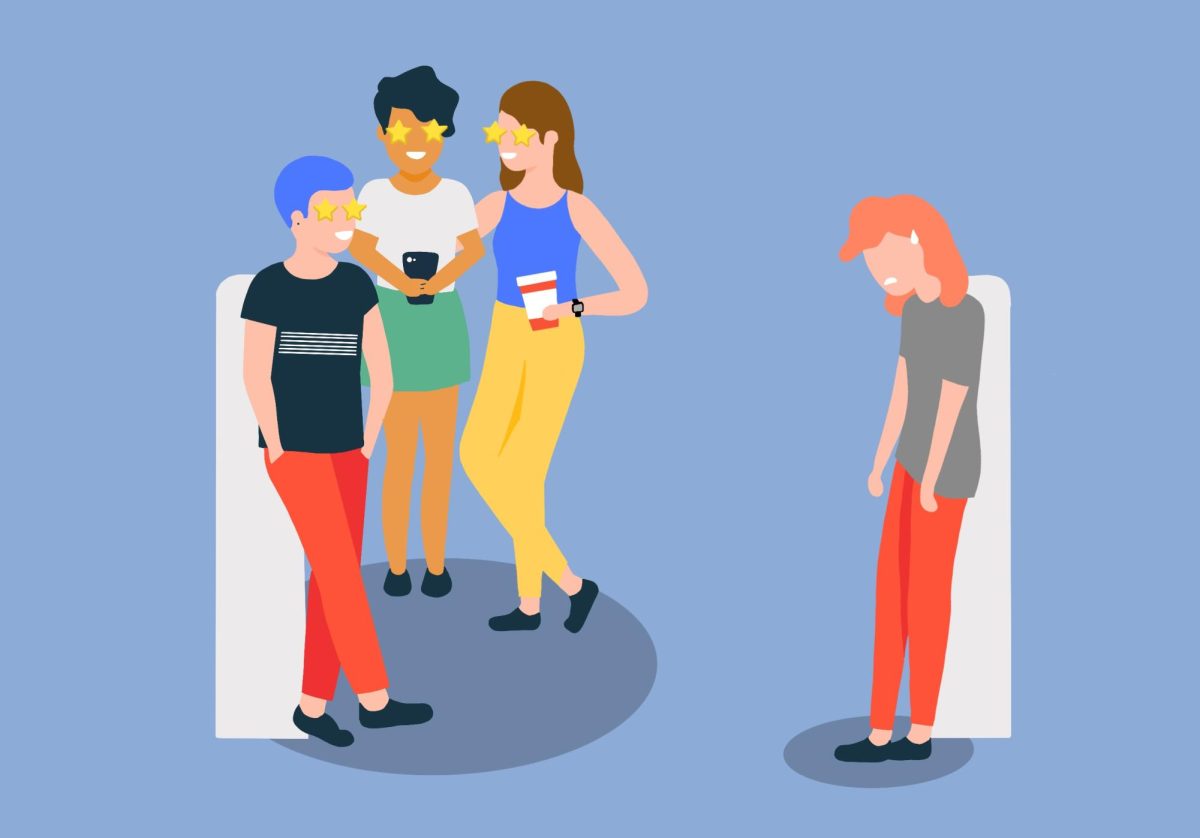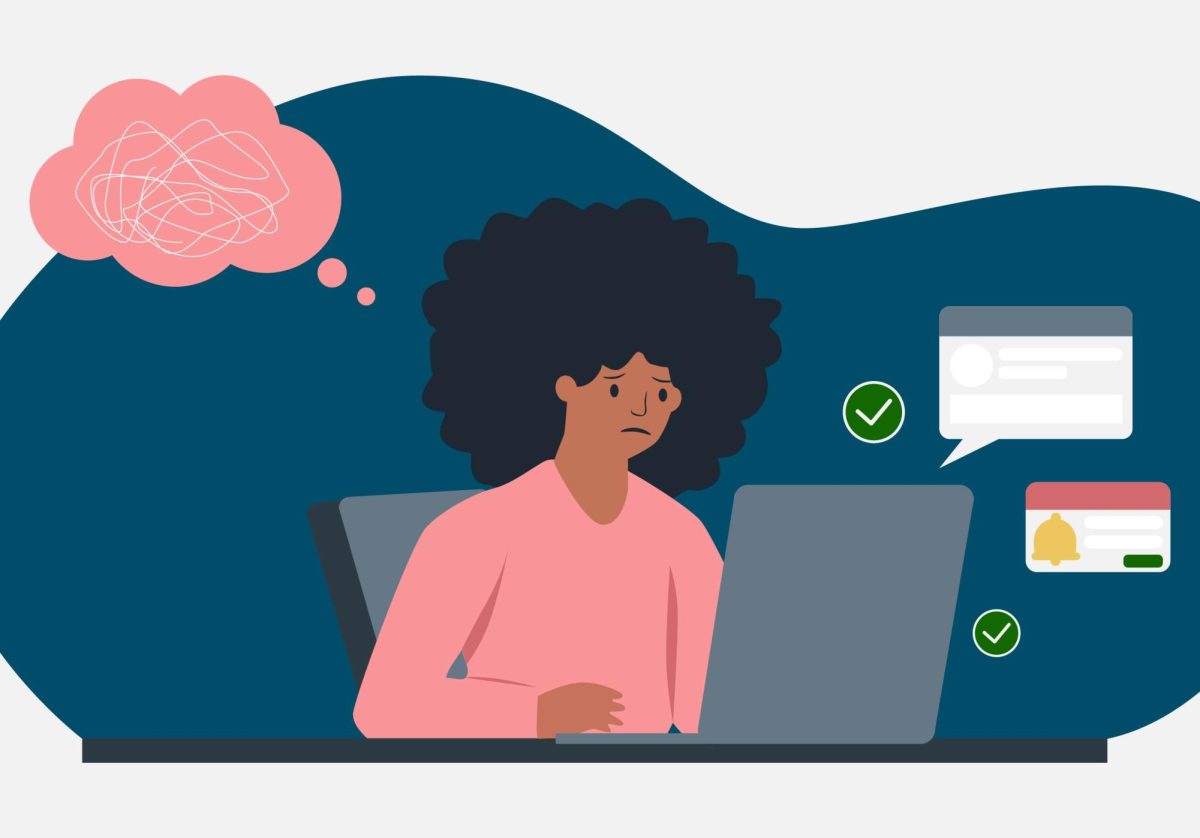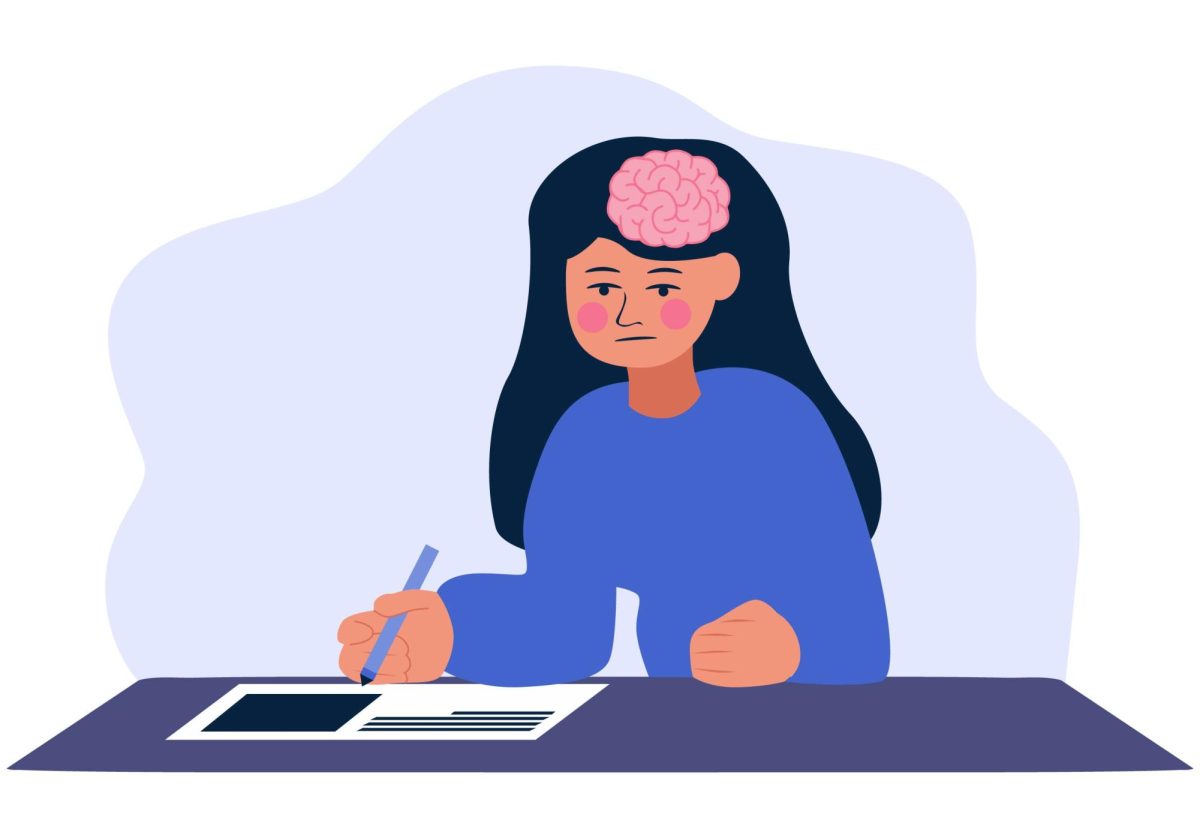Finding someone organically can be hard. There is no vetting process, no way to check if someone is a murderer when you bump into them at a park or a bar. For those searching for a partner with the same cultural background and spiritual beliefs, it can be even more cumbersome. However, there is a traditional practice that thrives to this day: arranged marriage.
Arranged marriage is a cultural practice in which the family, or a third party, plays a role in finding a life partner for an individual while still allowing them to have a certain degree of choice and input in the decision-making process. Consent must be full and free in an arranged marriage, that is what separates an arranged marriage from a forced marriage.
Netflix has found success in capitalizing on the popularity of the practice with the show “Jewish Matchmaking,” which came out in 2023, and “Indian Matchmaking,” which released its third season in the same year.
The price of finding a spouse is not cheap either. Sima Taparia, the matchmaker on the Indian Matchmaking show, charges her clients around $1,330 to $8,000.
But what’s a couple thousand when it comes to a lifetime of happiness?
Arranged marriage is a prevalent practice for people from Pakistan, India, Bangladesh, Turkey, and many Asian and African diasporic communities living in the U.S. or Europe. A 2018 survey in India that consisted of more than 160,000 households found that 93% of married Indians said theirs was arranged, just 3% claiming they had a “love marriage.”
The Western view of arranged marriage sparks images of child brides, strangers being wed and a complete lack of autonomy for both parties. While this is true in some instances, it is not the norm. For those who find matchmakers to be a bit old-fashioned, there are websites like shaadi.com and singlemuslim.com, or apps such as Salams and Dil Mil.
However, dating apps, while a popular way to meet people, can be hit-or-miss. For female users, these apps can be a scary place with 57% of users between the ages of 18 to 34 reported being sent sexually explicit messages or images they didn’t ask for. Dating apps are for just that, dating. Announcing your personal search for a spouse can be seen as a bit of a red flag for the casual Tinder user.
Minnesota is home to many people from the Desi and Muslim communities. When our families emigrated, they brought their beliefs and cultural practices with them. Going to a matchmaker or being set up by a mutual acquaintance is the norm when it comes to connecting couples.
For those who want to marry within the same culture or religion they grew up in, it’s difficult living in areas where the population is predominantly white, like Minnesota. This leads families to search for matchmakers who can act as a bridge for people who live in different states or countries.
“The best base for a marriage is respect. We call it growing love, not falling in love,” said Shazia Zirvi, a matchmaker from New Jersey. “You’re doing the background searches on who the parents are, where the family comes from, what their lifestyle is, are they well educated? Because culturally and traditionally, marriages are not just between husband and wife but the families as well — you’re gonna eat together, do holidays together, share grandchildren together. It’s important for them to get along.”
Marriage isn’t for everyone. It doesn’t need to be. But for those who are looking for love and find that they are not looking in the right places, I suggest seeking out a matchmaker.
Don’t worry, the stakes are low. It’s just the rest of your life.


